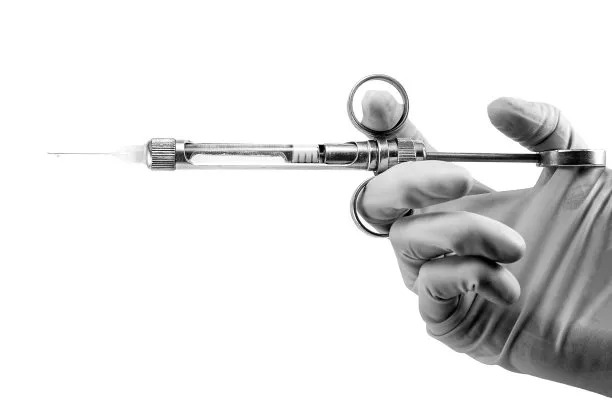Understanding Periodontal Disease Causes, Symptoms, Treatment Options and its Impact on Overall Health and Well-Being
Summary: Periodontal disease is a common yet often overlooked oral health issue that can have significant repercussions on overall health and well-being. This article explores the various aspects of periodontal disease, including its causes, symptoms, treatment options, and its broader impact on systemic health. By understanding these elements, individuals can better manage their dental health and recognize the importance of seeking dental care. Effective prevention and treatment of periodontal disease not only contribute to a healthier mouth but also foster improved quality of life.
1. Understanding the Causes of Periodontal Disease

Periodontal disease primarily arises due to plaque buildup on teeth, which is a film of bacteria that forms when food particles are not sufficiently cleaned away. When plaque hardens into tartar, it becomes increasingly difficult to remove and can lead to gum inflammation, known as gingivitis. If left untreated, gingivitis may progress to more severe forms of periodontal disease.
Other factors can exacerbate the onset of this condition. Poor oral hygiene is a significant contributor; neglecting regular brushing and flossing allows bacteria to thrive. Additionally, lifestyle choices such as smoking and a diet high in sugar also play a crucial role in increasing susceptibility to this disease.
Underlying health conditions, such as diabetes and heart disease, can intensify periodontal issues. These conditions may alter the body’s immune response, making it more challenging to fight off infections, including those that affect oral health.
2. Identifying the Symptoms of Periodontal Disease
The symptoms of periodontal disease can vary significantly depending on its severity. Early signs often include swollen or bleeding gums, which many might ignore as a normal part of dental health. However, these symptoms indicate an urgent need for attention.
As the condition progresses, individuals may notice persistent bad breath, which results from the bacteria and plaque buildup. Another warning sign is tooth mobility, which occurs as the supporting structures of the teeth weaken. Patients may also experience gum recession, where gums pull away from teeth, creating pockets that can deepen over time.
In more advanced cases, individuals may encounter pain while chewing or even gum abscesses. These more severe symptoms underscore the importance of timely dental evaluations to prevent irreversible damage to periodontal tissue.
3. Exploring Treatment Options for Periodontal Disease
The treatment approach for periodontal disease varies according to its severity. For initial stages like gingivitis, improved oral hygiene practices, including thorough brushing and flossing, can significantly help. Additionally, professional dental cleanings are essential to remove plaque and tartar buildup.
As the disease advances, deeper cleanings may be required. Scaling and root planing are effective procedures that involve cleaning below the gum line to remove bacteria and create a healthy surface for gums to reattach.
In some cases, surgical options may be necessary. Procedures like flap surgery work to reduce the depth of gum pockets, while bone and tissue grafts can assist in restoration of lost structures. Moreover, researchers are exploring antimicrobial treatments and laser therapies as promising alternatives to traditional methods.
4. Periodontal Disease and Overall Health Implications
The ramifications of periodontal disease extend beyond oral health, impacting systemic health and wellbeing. For example, research indicates a strong link between periodontal disease and cardiovascular conditions. The inflammation from gum disease can contribute to the formation of arterial plaque, increasing the risk of heart attacks or strokes.
Moreover, there is evidence suggesting an association between periodontal disease and diabetes. Individuals suffering from diabetes may have a harder time controlling their blood sugar levels, whereas periodontal disease can complicate diabetes management.
Other health risks include respiratory diseases and complications in pregnancy. Pregnant women with untreated periodontal disease may face increased risk of premature birth and low birth weight. Therefore, recognizing and treating periodontal disease is crucial for both dental and overall health.
Summary:
This exploration of periodontal disease highlights its causes, symptoms, and treatment options, emphasizing the important relationship between oral health and systemic health. Understanding these facets allows individuals to prioritize their health and seek appropriate care, making regular dental visits essential for long-term wellbeing.
This article is compiled by Vickong Dental and the content is for reference only.


